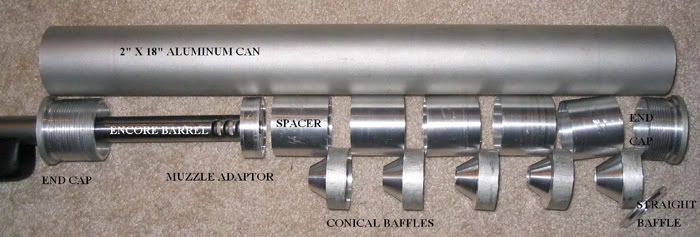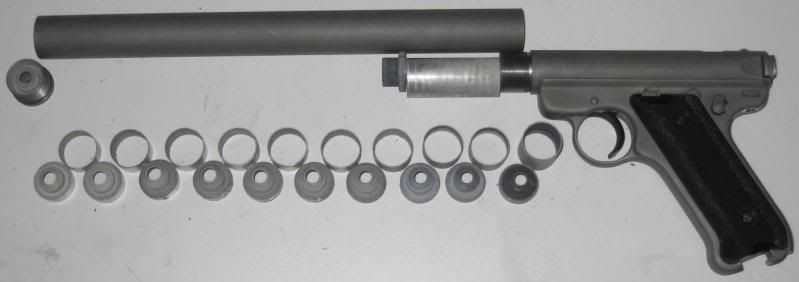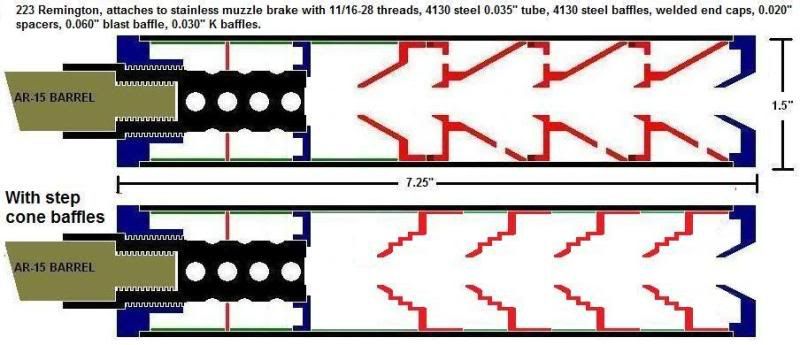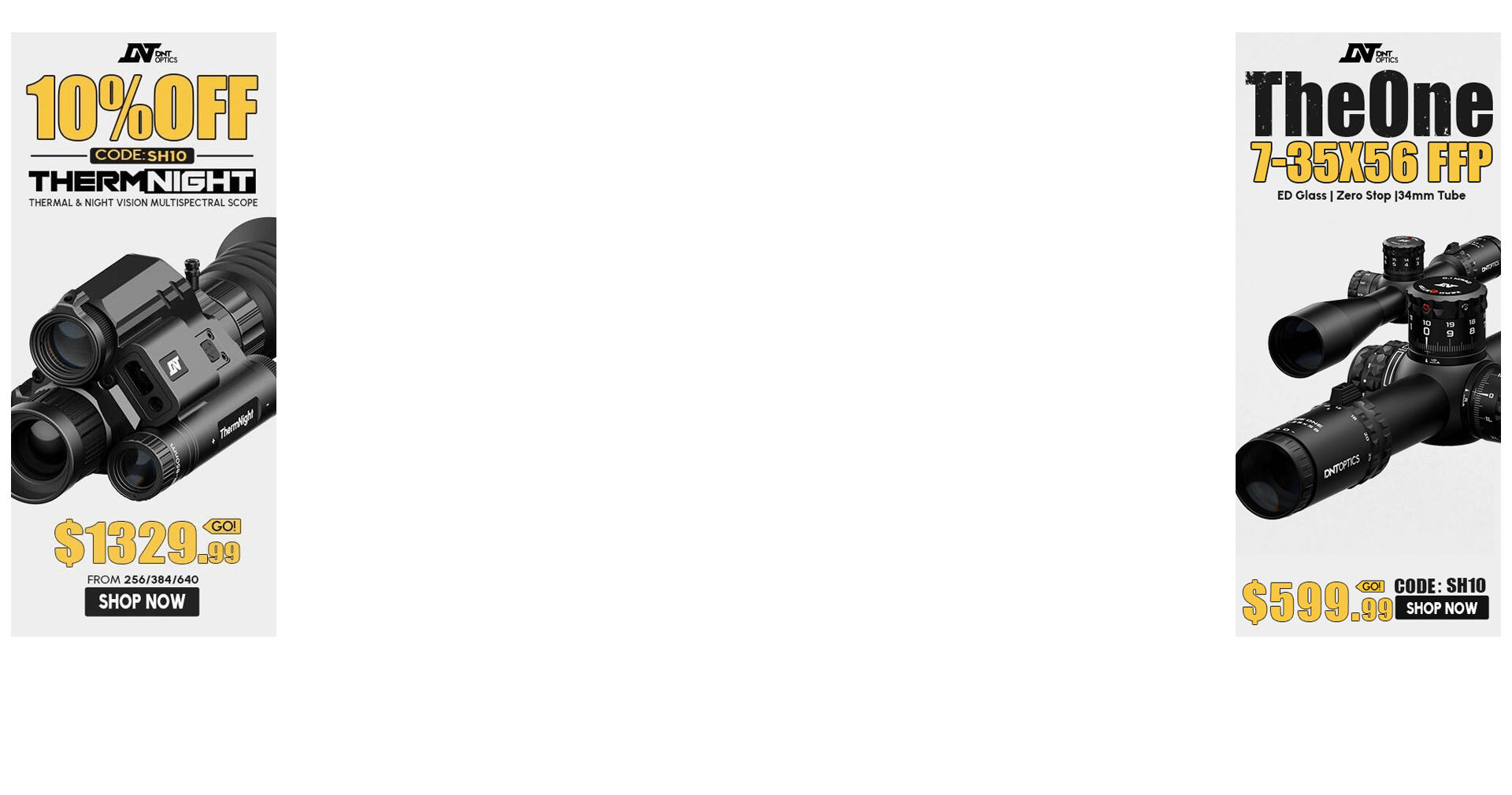Re: Two point suppressor attachment
To say that "they are good enough" plies that a two-point could be better and that the single point is a compromise but "good enough". This is not the case, at least not for the vast majority of the factors for a precision suppressor.
As a manufacturer of modern precision rifle suppressors, there are some problems with the article. Let me explain some of them from my point of view:
<div class="ubbcode-block"><div class="ubbcode-header">Quote:</div><div class="ubbcode-body">. A small error in machined accuracy on a single-point mount can result in a disastrous misalignment problem near the muzzle of a suppressor.
vs.
Because of the geometry of a two-point mount, a small error in alignment will not progress into a much larger error at the suppressor's muzzle.</div></div>
In precision rifles, you can't have "errors in machined accuracy". It's not rocket science to cut threads concentric and true to the bore, nor is it rocket science to cut a shoulder at a 90-degree angle to the threads. If you can't do that, you probably can't machine a TP mount any better than a SP mount. The fact that there are very, very few alignment issues with single-point screw-on cans effectively refutes his point here.
<div class="ubbcode-block"><div class="ubbcode-header">Quote:</div><div class="ubbcode-body">If a heavy target barrel is used, the threads can be as large as 19 mm or 3/4 to 22 mm or 7/8 inch in diameter. In this case, the strength and <span style="text-decoration: underline">stability factor</span> is much improved</div></div>
On a screw-on can, the threads are not what hold the suppressor straight. The threads are there simply to pull the suppressor back to the barrel shoulder. Thus, it's not the thread diameter that causes "stability", it's the shoulder. This is why you typically see shoulder O.D.'s at 0.70" or larger, to provide at least about 0.1" shoulder beyond the thread diameter for the suppressor to abut to.
<div class="ubbcode-block"><div class="ubbcode-header">Quote:</div><div class="ubbcode-body">but such a tiny joint is very fragile, and lacks the strength and stability expected of a military or enforcement weapon.
vs.
The resulting joint is many times stronger than any single-point mount could ever be.
</div></div>
It is true that a mechanical joint of two (basically) metal tubes can be stronger if there is an overlapping section (muzzle and the "second point" in this case); however, it is strength to use the whole thing as a lever or to apply torque. So, his argument has a lot more validity if you want to use your suppressed rifle as a lever to lift up a truck or as a 3-foot cheater bar-- not as a rifle.
<div class="ubbcode-block"><div class="ubbcode-header">Quote:</div><div class="ubbcode-body">Tightening puts the suppressor in compression, and the barrel in tension - which we feel is the most conducive to accuracy. </div></div>
Tension is not bad in itself, but when it is over a distance and the two parts are not identical metals, you get problems with warping when the whole assembly gets hot. This is what causes many 2-point systems to drift POI when they get hot.
This is not to say they are lying that, "<span style="font-style: italic">Our testing has indicated that a rifle with a suppressor held in place with a properly executed, two-point, conical, tensioned barrel mount will remain in zero. </span>", since I haven't seen their exact can or their testing regime; however, two-point systems have historically been a lot more problematic in this regard than single-point cans.
Interestingly, if you look at his sound-level graph, the unsuppressed dB is pretty low (only 160 db); however, the suppressed sound level is 140 dB. This is not really an impressed suppression level given 2010-era suppression technology.
One other note about two-point system that go back over the barrel (reflex), is that suppressor "material" that is forward of the muzzle is more efficient in terms of suppression (per unit mass, size, or $$$), than material behind the muzzle.
hope this helps..
Zak





